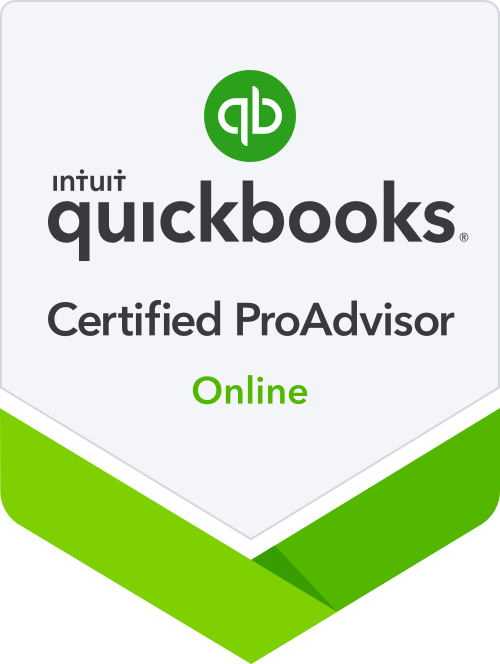
What industries are most targeted by dishonest employees?

Banking and financial services have nearly double the number of cases of any other field, according to the Association of Certified Fraud Examiners 2014 Report to the Nation on Occupational Fraud and Abuse, which studied nearly 1,500 cases of employee fraud worldwide.
Next is government and public administration, followed closely by manufacturing, health care and education.
But the biggest losses are seen in industries where there are relatively fewer cases – mining ($900,000), real estate ($555,000), oil and gas ($450,000) and wholesale trade ($375,000).
Fraud affects individual industries in different ways. For example, the retail industry may experience a greater number of individual fraud occurrences, but the average loss tends to be smaller than other industries. The median loss in retail cases was the lowest, $54,000 of all except publishing.
The common denominator is that everyone is susceptible to fraud. How well your organization protects itself will prevent you from becoming another statistic.
The most susceptible industries
Private companies suffered the highest number of fraud losses in the most recent ACFE study at 38 percent, followed by public companies (29 percent), government offices (15 percent) and nonprofits (11 percent).
The median losses, however, were highest at public companies – $200,000 – compared to $160,000 at private companies, $108,000 from nonprofit organizations and $90,000 in government offices.
Here are the industries where the highest percentage of fraud occurs:
1. The banking and financial services industry was the most victimized industry with nearly 17 percent of all fraud cases reported. More than one-third of the criminal activity directed toward these institutions involved corruption. Frauds affecting this sector range from simple cash larcenies to sophisticated check tampering, kiting and billing schemes. In the past few years, identity theft and credit card fraud have become increasingly popular as online banking becomes more and more automated. Median losses were $200,000.
2. The government is extremely susceptible to fraud because of its sheer size and number of employees. It had the next highest number of cases at 10.3 percent. Government agencies have fallen victim to nearly every type of fraud that exists, including billing fraud, the purchase of substandard/low-quality products, asset misappropriation and payroll/expense reimbursement fraud.
3. The manufacturing sector also carries a higher risk for fraud, with 8 percent of the cases reported. The nature of this industry makes it susceptible to noncash frauds, including the stealing of goods and materials by employees, as well as intellectual property, such as trade secrets or technology. Median losses were $250,000. Billing frauds are popular because of the various products used in assembly. Additionally, expense reimbursement fraud is common because of the sales forces employed by these manufacturing companies.
4. Healthcare practices are particularly vulnerable to billing schemes, with 40 percent of all healthcare fraud entailing some sort of billing scam. Another common problem of healthcare providers is insurance fraud perpetrated by providers. As the population ages, more dollars will be spent in this sector, making it an even more popular target. Overall, healthcare fraud accounts for 7.3 percent of all fraud, with median losses of $175,000.
5. Educational institutions, with 5.9 percent of all frauds reported, are particularly susceptible to billing and expense reimbursement schemes. Corruption, skimming and payroll fraud are also prevalent. Median losses were lower than many industries, $58,000.
6. The retail sector accounts for 5.6 percent of all fraud cases, with inventory theft and cash larcenies leading the way. The number of occurrences easily eclipses other industries, but the average dollar amount is typically lower, with median losses lower than all industries except publishing at $54,000.
Industries with fewer fraud cases reported include insurance (4.5 percent), oil and gas (3.6), services (3.3), construction (3.1), charitable groups (2.9), technology (2.9), professional offices (2.7), telecommunications (2.6), transportation (2.6), wholesale (2.3), agriculture (2.0), real estate (1.8) entertainment (1.6), publishing (1.1 ) and mining (0.7).
Safeguards to mitigate your exposure
Each industry adopts internal controls that offer it the best protection against fraud and abuse. These safeguards may overlap industries or be totally unique to the sector itself.
The financial services industry has tightened its controls over the past few years by incorporating security numbers and photos on credit cards and enabling checking account verification at the registers for retailers to protect against taking bad checks.
The government uses thousands of internal auditors, along with retaining outsourced assistance to audit its various departments and implement controls.
As manufacturers have become more automated, so have their internal controls. Types of controls include inventory management programs, installation of surveillance equipment in plants and loading docks, GPS tracking on delivery trucks, and corporate charge card monitoring for business expenses.
Retailers use surveillance, inventory security tags, perpetual inventory systems and sophisticated point-of-sale systems to track purchases and returns to thwart perpetrators.
Insurance companies and Medicare/Medicaid have updated their claims auditing systems to spot suspected instances of fraud. Fraud hotlines and whistle-blowers have been highly successful in the healthcare industry. Some of the largest fraud settlements have resulted from whistle-blower actions.
Even with these controls, fraudulent activity still manages to permeate these safeguards. The best way to protect your organization is to have an internal control review performed on your operation.
Your current practices will be compared against peers in your industry. The goal is twofold – to protect and safeguard your company from being victimized and to improve your processes to obtain greater efficiencies and become more effective at each level of the organization.
To better navigate the business landscape, contact 415 Group today.




